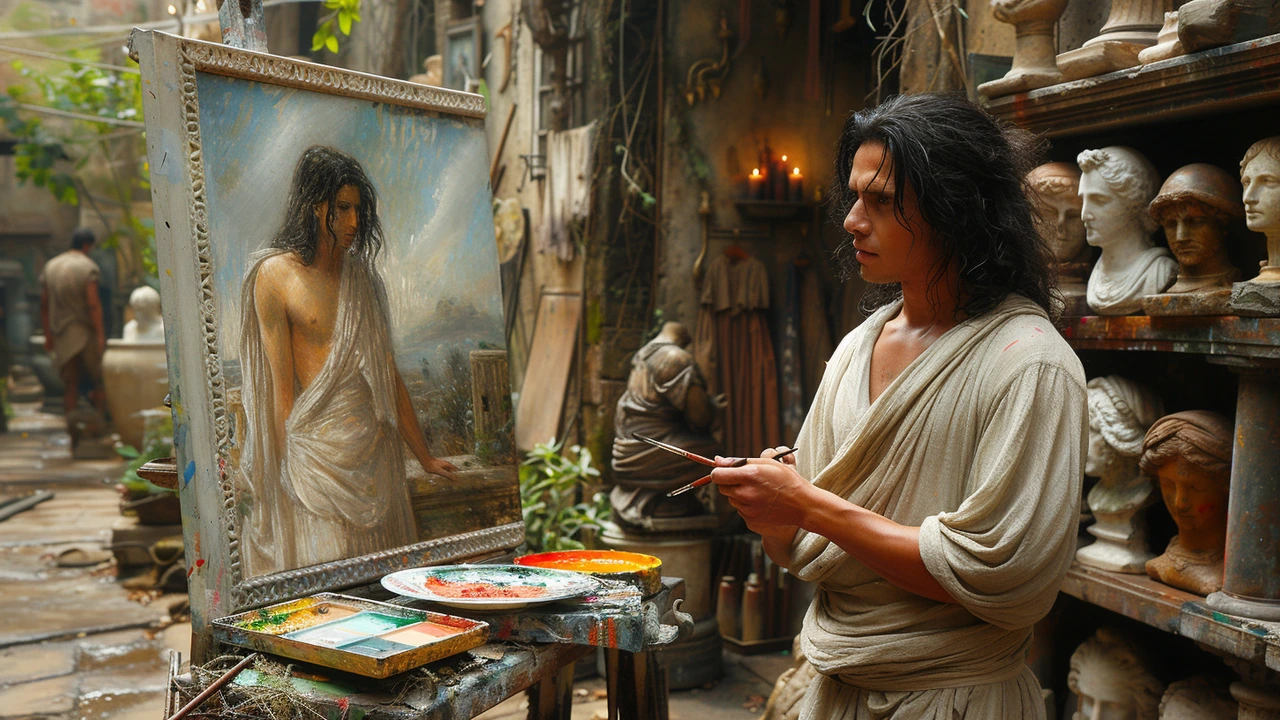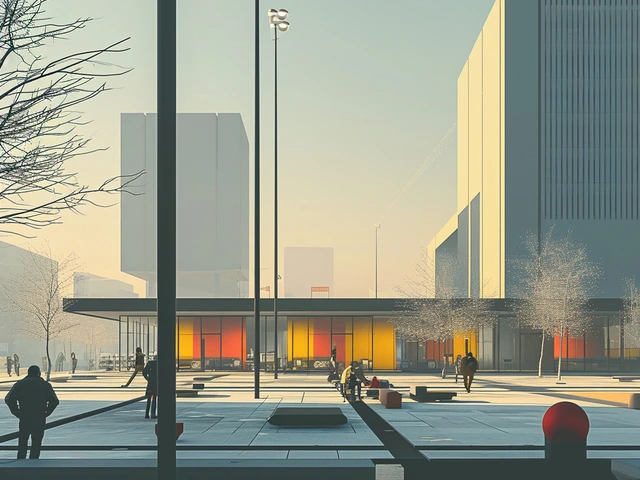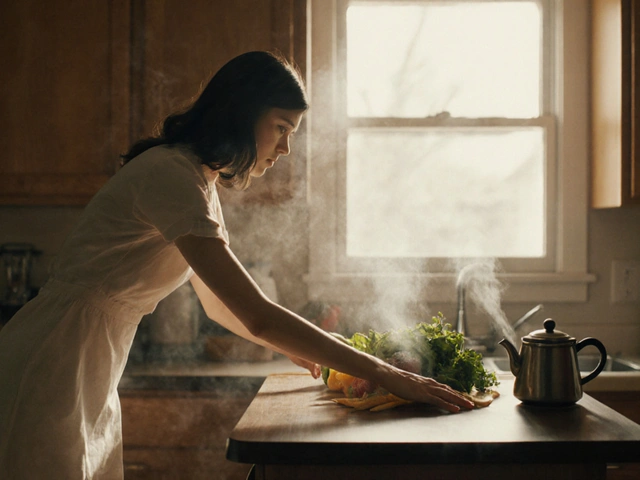Embracing the Grandeur of Neoclassicism
Did you know that the beloved Louvre Museum, home to the iconic Mona Lisa, is a stellar example of Neoclassical architecture? Indeed, the Neoclassical era, spanning the mid-18th to the early 19th century, has left an indelible mark on the landscape of global art history. Although one might be tempted to perceive this period as a mere ‘retro’ phase, a closer look reveals it to be a rich movement steeped in intellectual rigour and aesthetic refinement. I mean, who can resist the charm of a bygone era revived with fresh perspective? Certainly not me. And definitely not my husband Donovan, who can never resist an enlightening discussion on art movements.
Neoclassicism: An Art Movement Rooted in Antiquity
Perhaps the most fascinating aspect of Neoclassicism is its roots, anchored deep in the antiquity of Greece and Rome. Just imagine! Long live those ancient civilizations. I often imagine those toga-clad philosophers pouring over their scrolls, unknowingly contributing to a future art movement born centuries later. These ancient cultures laid the groundwork for Neoclassicism, which reverberated with echoes of their grandeur and timeless aesthetic values – the ones we admire in museums and galleries today.
The Dawn of Neoclassicism: Enlightenment Meets Art
Looking back in the corridors of time, the Dawn of Neoclassicism stands out as a notable period when Enlightenment ideals seamlessly blended with artistic expressions. It's like a perfect potpourri of intellect and creativity, much like ice cream with sprinkles. You gotta love that, right? The discoveries of Pompeii and Herculaneum around the mid-18th century played a significant role in arousing interest in classical art – and you could say that curiosity ignited the fire of Neoclassicism. From painting to sculpture to architecture, Neoclassicism served as a flavorful staple in the haute-cuisine of Enlightenment-era creativity.
Art that Speaks Volumes: Perusing the Canvas of Neoclassicism
As picture-perfect as the Neoclassical era sounds, its visual art narrative was much more poignant and profound than mere romanticised reflections of the past. It used the antique settings and subjects to illuminate contemporary themes - a bit like a time-traveling webcam. Now, that's some thought-provoking stuff! The artworks brimmed with moral gravity, bereft of frivolous details, exuding a quiet dignity and calm rationality. In fact, remember the time Donovan and I stumbled upon Jacques-Louis David’s "The Death of Socrates" in a quaint little art fair? The Neoclassical allure of the painting kept us entranced for what seemed like an eternity!
Sculpting Masterpieces: The Core of Neoclassical Sculpture
Neoclassical sculpture, much like its counterpart in painting, aimed for order, serenity, and a moral tone reminiscent of the classical civilizations. It was more than just chiseling marble into beautiful forms. Think of them as three-dimensional sonnets woven in stone, speaking a language that transcends the barriers of space and time. Don't you just love when a piece of art makes you feel like part of something grand and eternal?
Architectural Splendour: Neoclassicism Standing Tall
Neoclassical architecture, as much as I love the paintings and sculptures, always strikes a special chord with me. I believe it is the permanence of these grand structures that resonates deeply. From the delineation of the facades to the graceful symmetry of the buildings, it’s a testament to the timelessness of the classical principles. It’s like when Donovan decided to renovate our little Portland home, his inspiration was none other than ‘The White House’ – a classic example of Neoclassical architecture.
The Echo of Neoclassicism in Today's Art
Despite living in an era distinctly removed from the 18th and early 19th century, the echoes of Neoclassicism continue to reverberate in the world of contemporary art. It's a testament to the richness of this classy art form, making it an ageless companion to the pulsating heartbeat of modern creativity. It's like having a conversation with an old friend who, despite being away for years, still understands you perfectly.
So, next time you behold a piece of neoclassical art or architecture, don't just appreciate its beauty. Dive deep into the narrative it weaves, the antiquity it resonates, and the intellectual voyage it undertakes – a testament to the richness of art history. Just remember, like Donovan always says – Art isn't just created, it's felt.




